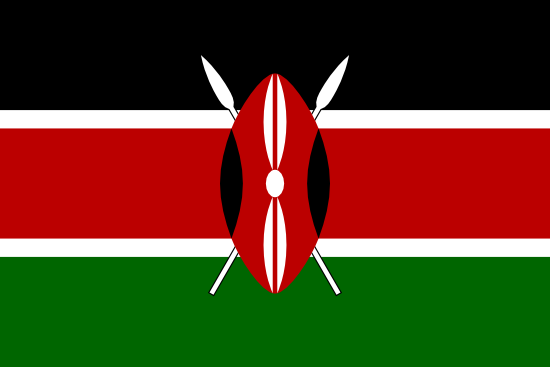Cooperation
Cooperation in biodiversity conservation in Kenya involves coordinated efforts and collaboration among various stakeholders, including government agencies, non-governmental organizations (NGOs), local communities, and international partners, to protect and sustainably manage the country's diverse ecosystems and wildlife. Here are some key aspects of cooperation in biodiversity conservation in Kenya:
-
Multi-Stakeholder Partnerships: Conservation efforts in Kenya often involve multiple stakeholders working together. These partnerships can include government agencies, NGOs, research institutions, and local communities, all contributing their expertise and resources to achieve common conservation goals.
-
Policy and Regulation: Cooperation is essential in the development and enforcement of policies and regulations related to biodiversity conservation. Government agencies, NGOs, and local communities collaborate to establish and enforce laws that protect wildlife and their habitats.
-
Community Engagement: In many conservation projects, local communities play a crucial role. Cooperation with these communities is essential to ensure that conservation efforts are sustainable and that local people benefit from the protection of biodiversity.
-
Research and Monitoring: Scientists, researchers, and conservationists from various institutions collaborate on biodiversity research and monitoring programs. This helps gather valuable data on species populations, habitat health, and the impact of conservation efforts.
-
Anti-Poaching and Law Enforcement: Government agencies, NGOs, and international organizations often work together to combat wildlife poaching and illegal trade in endangered species. This cooperation involves law enforcement agencies, intelligence sharing, and initiatives to reduce demand for illegal wildlife products.
-
Habitat Restoration: Efforts to restore degraded habitats and reforest areas rely on cooperation between government agencies, NGOs, and local communities. These projects aim to create healthy ecosystems that can support biodiversity.
-
Education and Awareness: NGOs and government agencies cooperate on educational programs to raise awareness about the importance of biodiversity conservation. These programs target schools, communities, and the general public to foster a culture of conservation.
-
Tourism and Sustainable Development: The tourism industry often partners with conservation organizations to promote responsible and sustainable tourism practices. This can include wildlife safaris, eco-lodges, and community-based tourism initiatives that generate income for conservation and local communities.
-
International Support: Kenya receives support and funding from international organizations, donors, and foundations dedicated to biodiversity conservation. Cooperation with these entities is crucial for financing and implementing conservation projects.
-
Transboundary Conservation: Kenya shares borders with several neighboring countries, and cooperation on transboundary conservation initiatives is essential for protecting species that move across borders, such as elephants and migratory birds.
-
Climate Change Mitigation: Addressing climate change is intertwined with biodiversity conservation. Cooperation between conservation organizations, government bodies, and climate-focused groups can help develop strategies to mitigate climate change impacts on biodiversity.
In Kenya, as in many countries, successful biodiversity conservation requires collaboration and cooperation among a wide range of stakeholders. The complexity of the challenges facing biodiversity, coupled with limited resources, makes such cooperation essential to ensure the long-term survival of Kenya's unique and valuable natural heritage.
